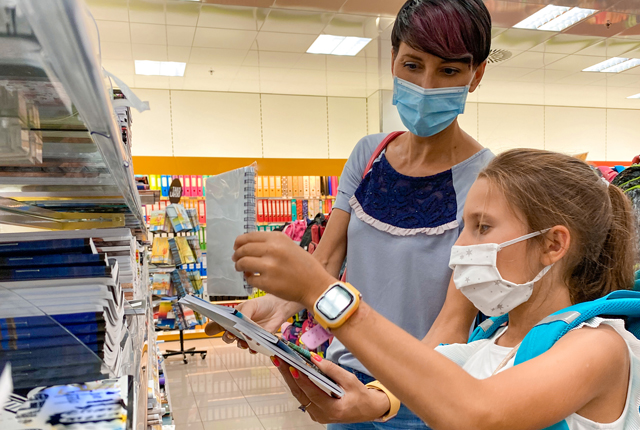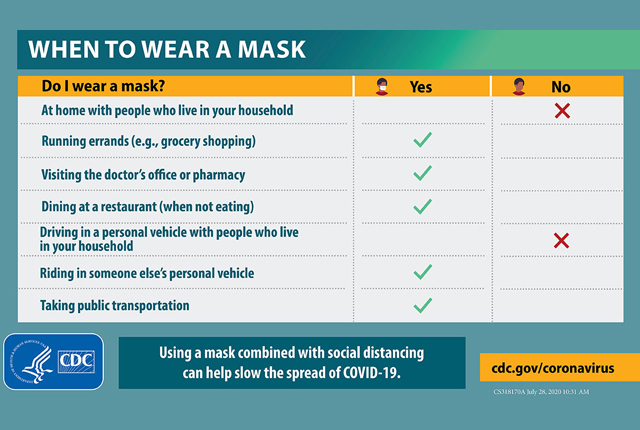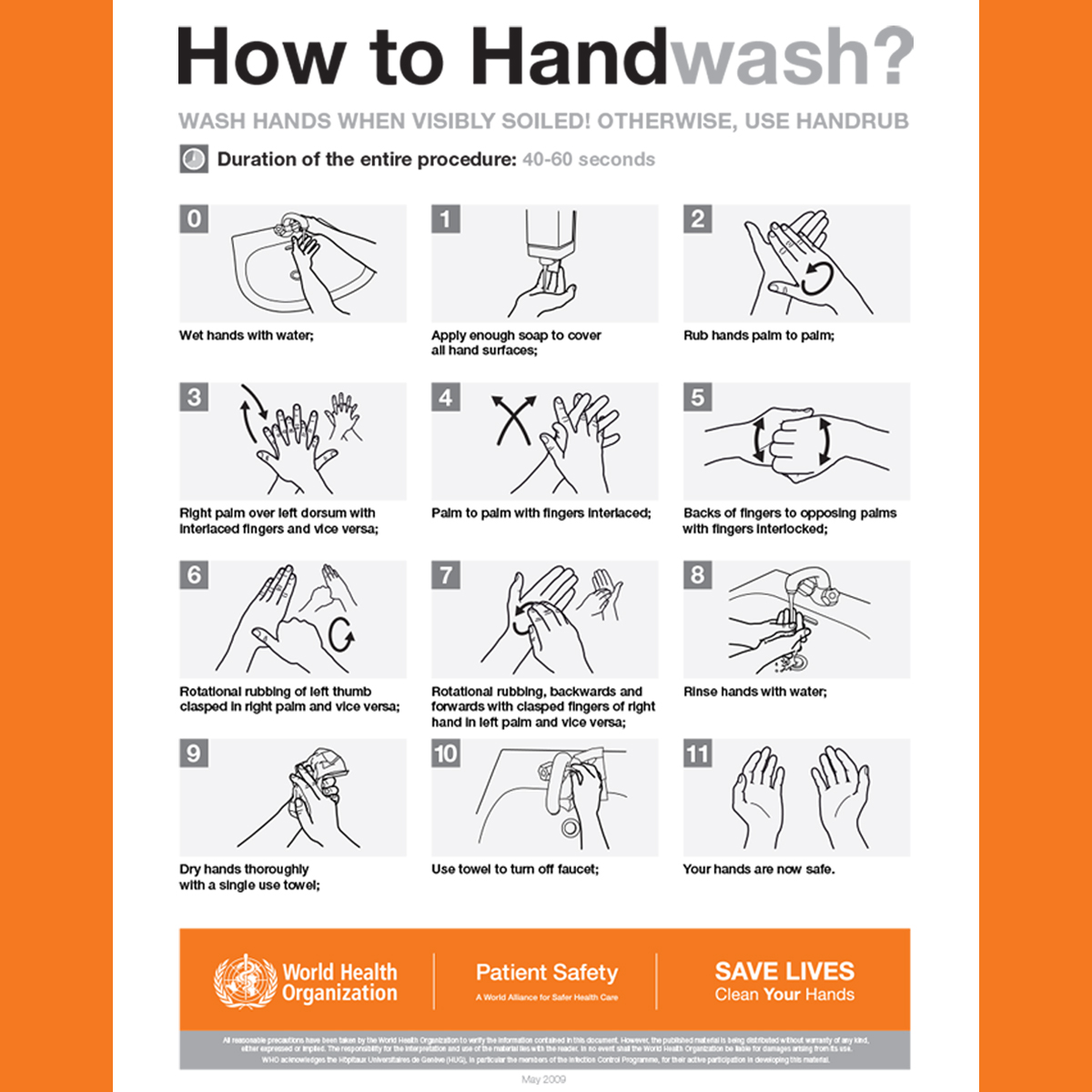COVID-19: 6 Healthy Habits to Protect Your Health

Until there is a vaccine to protect against COVID-19, the best way to protect yourself is to avoid being exposed to the virus that causes COVID-19. The following healthy habits – when combined – are the best ways to protect yourself and help reduce the spread of COVID-19.
1. Stay Home When You Can to Avoid Close Contact with Others
You’re safest in your own home, so avoid going out unless it’s essential. If you need to go out, being outdoors in the fresh air is the second best alternative. The risk of infection increases when you go indoors (other than your home) because the virus spreads from person to person via respiratory droplets when an infected person coughs, sneezes, or speaks.
Think about it as “Avoiding the 3 Cs”: Close spaces with poor ventilation, Crowded places with groups of people, and Close-contact settings like one-on-one conversations.
2. Practice Social Distancing

When you do go out, protect yourself by practicing social distancing. This includes staying at least six feet away from other people.
COVID-19 spreads mainly among people who are in close contact (within about 6 feet) for a prolonged period. Since people can spread the virus before they know they are sick, it is important to stay at least 6 feet away from others when possible, even if you — or they — do not have any symptoms. Social distancing is especially important for people who are at higher risk for severe illness from COVID-19.
3. Wear a Face Covering that Covers Your Nose and Mouth
Wear a mask or other type of face covering when you are not able to practice safe social distancing, such as when you are at the grocery store, pharmacy, hardware store, or using any form of public transportation. It is important to also wear a mask when you are outside but can’t maintain social distancing from other people not in your household. If you’re out in the open at a park, hiking trail or non-crowded beach, there is no need to wear a mask. Here are some other guidelines for when to wear a mask from the CDC.

Want more information on the importance of masking? Check out our recent blog and the below Your Health Matters segment.
4. Keep Up with Hand Hygiene
The CDC recommends these five steps every time you wash your hands:

- Wet your hands with clean, running water (warm or cold) and apply soap.
- Lather your hands by rubbing them together with the soap. Lather the backs of your hands, between your fingers, and under your nails.
- Scrub your hands for at least 20 seconds. Need a timer? Hum the “Happy Birthday” song from beginning to end twice.
- Rinse your hands well under clean, running water.
- Dry your hands using a clean towel or air dry them.
According to the World Health Organization, the process of washing your hands, from start to finish, should take 40-60 seconds. This graphic makes it easy to remember!
5. Avoid Touching Your Nose, Eyes, and Mouth
It’s estimated that people touch their face about 23 times an hour! To help prevent infections, keep your hands away from your nose, eyes, and mouth. Touching the mucous membranes on your face with unwashed hands allows germs that cause respiratory infections like COVID-19 to enter the body. When we touch people who are sick, or touch dirty surfaces, we contaminate our hands with germs, and we can infect ourselves with those germs by touching our face.
6. Don’t Go Out if You Have Symptoms and Avoid Contact with People Who Are Sick
If you’re sick, or even showing mild symptoms, stay home and rest. Your symptoms could mean you are contagious and could spread an infection to others. Remember to cover your coughs and sneezes with a tissue or in your elbow, wash your hands often with soap and water, and clean frequently touched surfaces and objects (like computers, door knobs, and TV remotes).
If someone you know or in your home is sick, limit contact. Designate a room in your house where the sick person can recover and limit family interactions.
These safety measures, when practiced together, play a key role in reducing the spread of COVID-19. To learn more about coronavirus COVID-19 and best practices for prevention, visit our website.